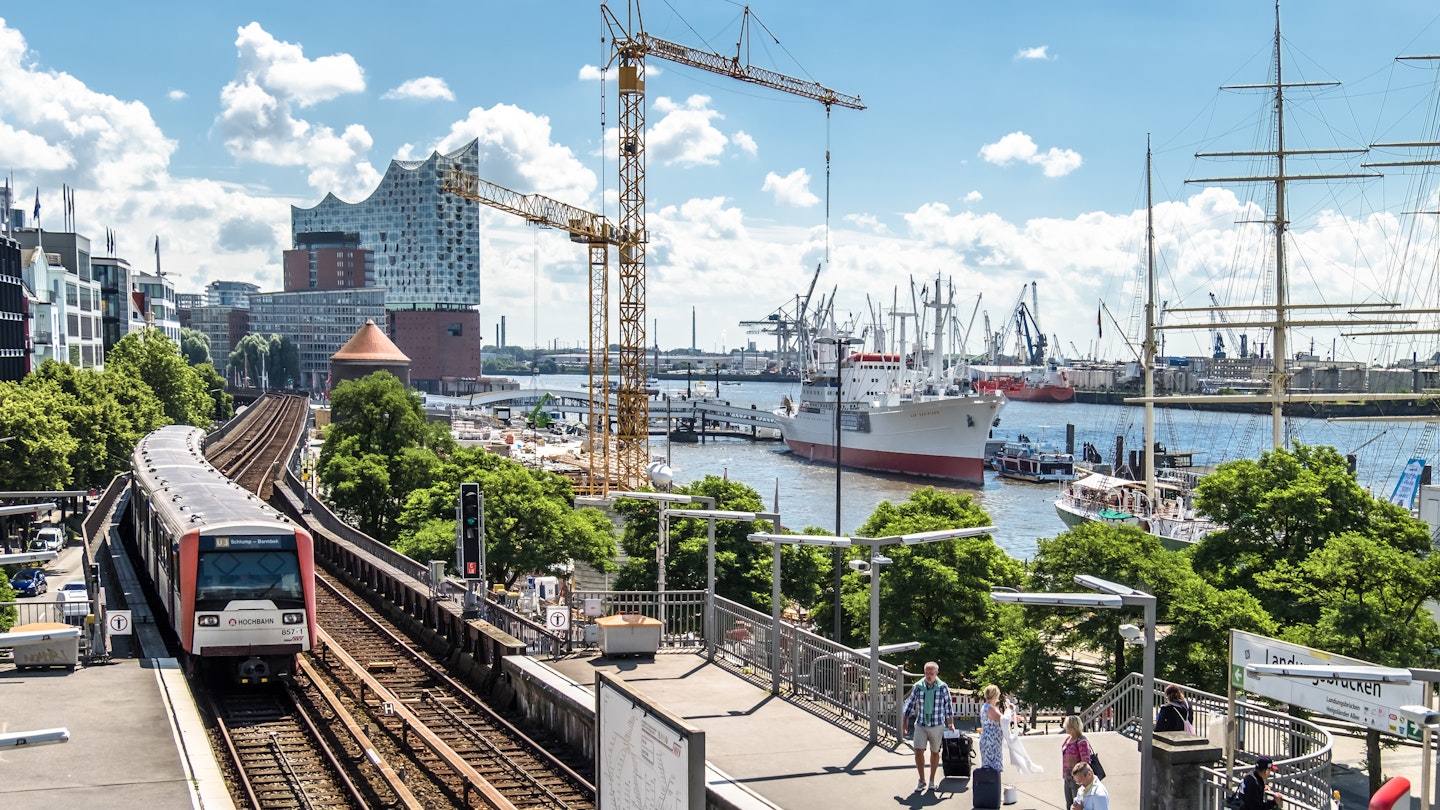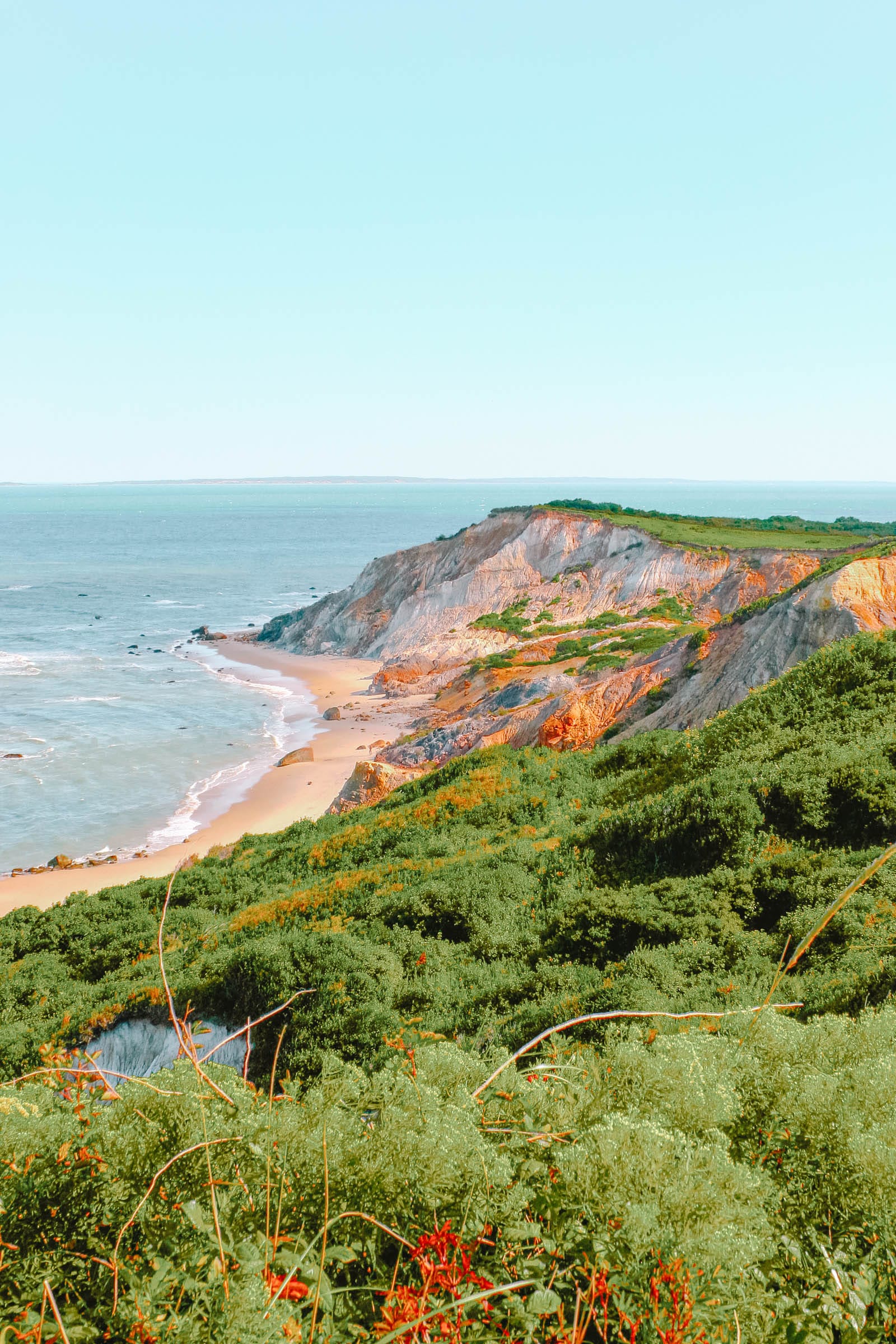Discover Germany with the Affordable 9 Euro Travel Pass
The incredibly cheap 9 euro summer travel pass in Germany has become a resounding success.
Over 20 million tickets were sold in May alone, with around 10 million more benefiting from public transport season tickets. While overcrowding has been reported on weekends and holidays, both the German government and the public hold a positive view: fewer traffic jams are evident nationwide, and locals now have greater incentives to opt for public transportation.
Details on What the 9 Euro Transit Pass Includes
For only €9 (approximately US$9), travelers can enjoy unlimited travel on all forms of public transport across Germany, which includes buses, U-Bahns, S-Bahns, trams, and local and regional trains throughout one calendar month.
However, it is important to note that long-distance trains, such as IC or ICE, are not included, and the ticket is non-transferable. Nevertheless, such an exceptional offer has never been available in Germany.

How Much Longer Will This Offer Be Available?
The 9-euro ticket is available until August 31, 2022. If you’re wondering why this incredible offer hasn’t been on your radar previously, we’re here to share essential information along with optimal itineraries to make the most of this affordable pass.
How to Get Your 9 Euro Ticket
Acquiring tickets is straightforward. The most efficient option is through the DB Navigator App (Germany’s official railway company app) or via any regional transport companies’ websites.
This method requires you to provide your full name and payment information, culminating in an online purchase. The ticket will display directly within the app, which you can show each time requested by a controller.
For those preferring a physical ticket, it is available for cash or credit card payment at ticket machines located in all stations and customer centers across the country. Ensure to keep this ticket on you and write your name on it for verification purposes.

Keep in Mind the Ticket Doesn’t Include Long-Distance Trips
A significant drawback of the 9 euro ticket is the exclusion of long-distance train services, as well as buses and trains from private companies like Flixbus or Flixtrain. This limitation can be inconvenient for those aiming to cover extensive distances. Regional trains can be considerably slower, and traversing from one side of the country to the other might take nearly a full day.
Still, for first-timers in Germany, combining the benefits of the 9 euro ticket with efficient long-distance train options is highly advisable.
You can traverse between major cities like Berlin, Frankfurt, Munich, Cologne, and Hamburg in just a few hours via high-speed trains, and once you arrive, you can explore these cities or plan day trips to nearby attractions using the 9 euro ticket.
It is crucial to plan your travels carefully; due to a 10% increase in public transportation users nationwide and 25% in Berlin alone, buses and trains may become overcrowded during peak hours or on weekends.
There have also been complaints regarding delays with the trains. Consequently, this program has become a victim of its own success, as the substantial increase in passenger numbers was difficult to foresee, particularly given recent staffing challenges.
The Best Itineraries to Explore with the €9 Travel Pass

The Industrial Heritage Route of the Ruhrgebiet
Historically characterized by its extensive coal mines and steelworks, the Ruhrgebiet region has transitioned into an outdoor museum celebrating its industrial heritage.
Your journey can begin in Dortmund, a city famed for its football culture and rich artistic scene. The industrial route starts here. Following your exploration in Dortmund, continue to the cities of Bochum, Essen, and Duisburg using regional trains, where some of Germany’s most remarkable industrial landmarks await your discovery. The historic Zeche Zollverein in Essen, a former coal mine now recognized as a UNESCO-listed museum, and Landschaftspark Duisburg, a repurposed ironworks venue for concerts and events, are essential sites to explore.
Since all cities within the Ruhrgebiet are located within a 100 km radius of one another, you can opt for an intensive day that encompasses multiple towns or choose to linger in each city to discover their unique characteristics.
Germany’s Gorgeous Northern Coastline
Regardless of the availability of the 9-euro ticket, many German beaches tend to get busy during the summer months. While Germany might not be the first country that comes to mind for sun and sand, destinations such as Sylt, Rügen, and Lubmin have become trending spots for locals to unwind with drinks in hand.
Hamburg or Bremen serve as excellent starting points. From these cities, regional trains will facilitate day trips to the coastal areas of Kiel, Bremerhaven, or Cuxhaven within a two-hour span.
For those wishing to experience a different slice of Germany, venture northward for a weekend on Sylt, Germany’s most popular island.
If exploring less-trodden paths is more your style, consider staying in Lübeck or Rostock. These towns serve as a convenient base to access some of Germany’s hidden beaches located at Priwall and Barendorf nature reserve, Vorpommersche Boddenlandschaft National Park, and Jasmund National Park.

Fairy-Tale Medieval Architecture in Bavaria
This is the Germany that fairy tales and literature have long celebrated. Iconic castles with soaring towers, quaint towns featuring narrow streets, as well as charming half-timbered buildings. From the renowned Neuschwanstein Castle to the picturesque Altstadt of Rothenburg ob der Tauber, Bavaria presents a stunningly photogenic landscape that role models the tales penned by the Brothers Grimm.
Commence your Bavarian exploration in Munich, the largest city in southern Germany and the perfect base for embarking on day trips throughout the region.
If you’re drawn to colorful towns, Füssen, Bamberg, and Rothenburg ob der Tauber are not to be missed. Conversely, for a more cosmopolitan atmosphere infused with baroque ambitions, Regensburg and Nuremberg are ideal for extended stays.
While touring medieval castles, consider visiting Hohenschwangau Castle or the Burghausen Castle, the largest castle in the world, before ultimately visiting Neuschwanstein.
Vineyards and Hilly Landscapes Along the German Wine Route
One cannot mention the Rhineland-Palatinate region without conjuring up the taste of Riesling. This region is Germany’s prime destination for wine aficionados, boasting over 1000 years of viniculture development.
Your journey should commence in the scenic town of Heidelberg, a university city famed for its baroque architecture, picturesque riverside views, and remarkable hilltop castle. Upon embracing Germany’s rich wine culture, take a local train to explore the towns along the celebrated German Wine Route.
The foremost highlights along this route include Bockenheim, Bad Dürkheim, Neustadt, and Landau, where wine festivals are held from March through October, and various wine tours are readily available. Regardless of where you venture, culinary delights and exquisite wine await you. A standout among specific wineries is the Rhodter Rosengarten, which is believed to be over 400 years old – making it the oldest vineyard in Europe still in operation.
As you travel by train from town to town, strive to secure a window seat. This is arguably one of the most scenic rail journeys in Germany, offering breathtaking vistas of the undulating landscapes of the region.
This article was first published May 24, 2022, and updated on July 15, 2022.




